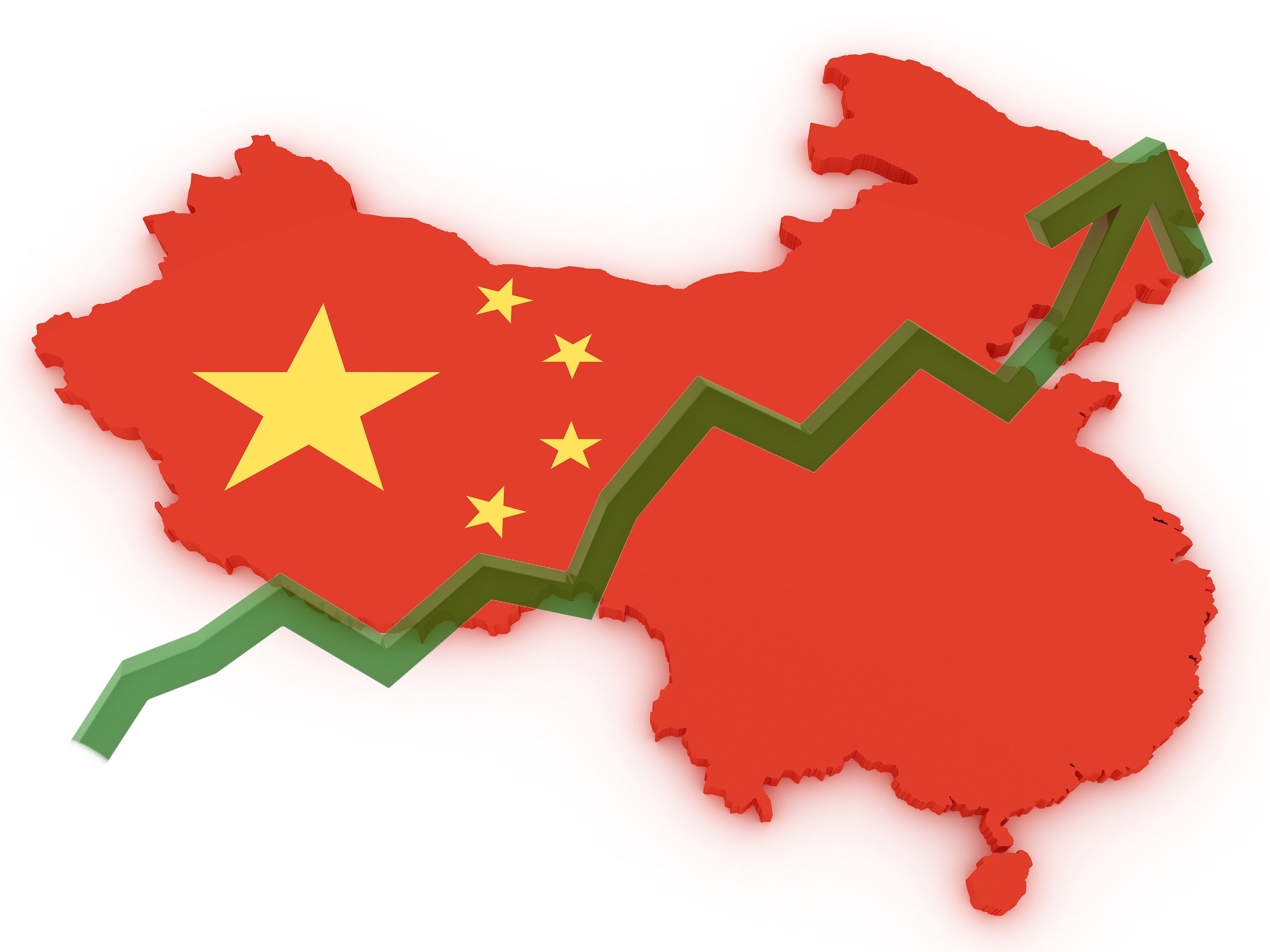What happened
February wasn't the best month for the world's three largest lithium producers, as each company saw its share price decline by double digits. Albemarle (ALB +0.01%) dropped 10%, Sociedad Quimica y Minera de Chile (SQM +0.76%) declined 11.5%, and FMC Corp. (FMC +0.38%) coughed up 14.1% of the value it started the month with, according to data from S&P Global Market Intelligence. The culprit? A bearish market forecast from investment bank Morgan Stanley.
Long story short, analysts at Morgan Stanley predict that South American prices for the two lithium commodities, lithium carbonate and lithium hydroxide, will fall precipitously by 2021 on the heels of massive increases in global supply, which will jump from just 215,000 metric tons per year today to 715,000 metric tons annually by 2025. The market outlook estimated that electric vehicle market share would need to hit 31%, up from just 2% today, to balance the lithium market by then.
While the gloomy outlook dragged down lithium stocks at the end of the month, not all analysts covering the lithium market agreed with the projections. In fact, some laughed it off entirely. Where does that leave individual investors?

Image source: Getty Images.
So what
Morgan Stanley's outlook projects a near tripling of global lithium production in just eight years. Albemarle and SQM alone are expected to add 200,000 metric tons of capacity in that time, according to the investment bank. Yet it's worth noting that the market report estimated selling prices for both lithium commodities would fall by less than 50%, so companies that more than double production (read: all three major producers) would still see higher total revenue than today -- if the scenario were to play out, anyway.
Other analysts and consultants covering the lithium market aren't so sure. One consultant, Joe Lowry, told Financial Times that the report was "another demonstration of the 'big name' analysts not understanding lithium supply, demand, or the cost curve." For instance, it's not yet clear that Albemarle and SQM alone will actually add 200,000 metric tons of annual production capacity between now and 2025 -- all in Chile. Even if they did, the outlook places a lot of faith in unproven producers and new geological deposits being developed in a timely manner to reach the other 300,000 metric tons of annual production capacity expansion in the projection.
Here's the thing. Investors really have no way of knowing what will happen in 2021 or 2025. And that's not really what's important right now, anyway. The threat of sluggish electric-vehicle manufacturing or adoption is a relatively distant threat to the lithium market -- and it would be seen coming from a mile away. In others, it's not a risk that can sneak up on investors in 2018.

Pools of brine containing lithium. Image source: Getty Images.
What is important is this: All three major lithium producers reported a great year of growth in 2017 and guided for a rosy performance once again in 2018. Albemarle expects adjusted EPS to rise 9% to 17% this year, in addition to adjusted EBITDA growth of up to 13.5% and revenue growth of up to 10.7%. SQM is adding nearly 50,000 metric tons of capacity by the end of 2019, which will help it to retain 25% global market share.
Meanwhile, FMC Corp. is expected to deliver the strongest year-over-year gains in 2018. The lithium segment is guided to achieve adjusted EBITDA growth of 35% and revenue growth of 27%, both at the midpoint. It will be a major contributor to what's expected to be 30% to 40% year-over-year growth in adjusted EPS, but investors shouldn't get used to it. That's because the company will spin out FMC Lithium as a separate publicly traded company sometime in the second half of 2018, instantly creating one of the best pure-play lithium stocks, while focusing the parent company on its agricultural products and services.
Now what
Despite a lithium market outlook report from Morgan Stanley that some on Wall Street took as a punch to the gut, these three lithium stocks are poised to continue outpacing the broader market over the long haul thanks to expectations for incredible lithium demand worldwide. Selling prices may seem high relative to historical standards, but South American prices near $15,000 per metric ton for both lithium hydroxide and lithium carbonate could be the new normal -- even as production capacity expands.
While it's possible for the lithium market to become oversupplied if electric-vehicle manufacturing plans hit a snag, that's a relatively distant concern. Besides, investors would have plenty of time to react to such a headwind, and no such threat is on the radar right now.








